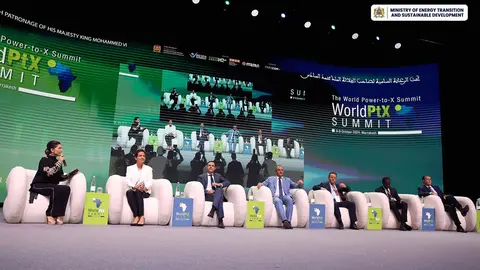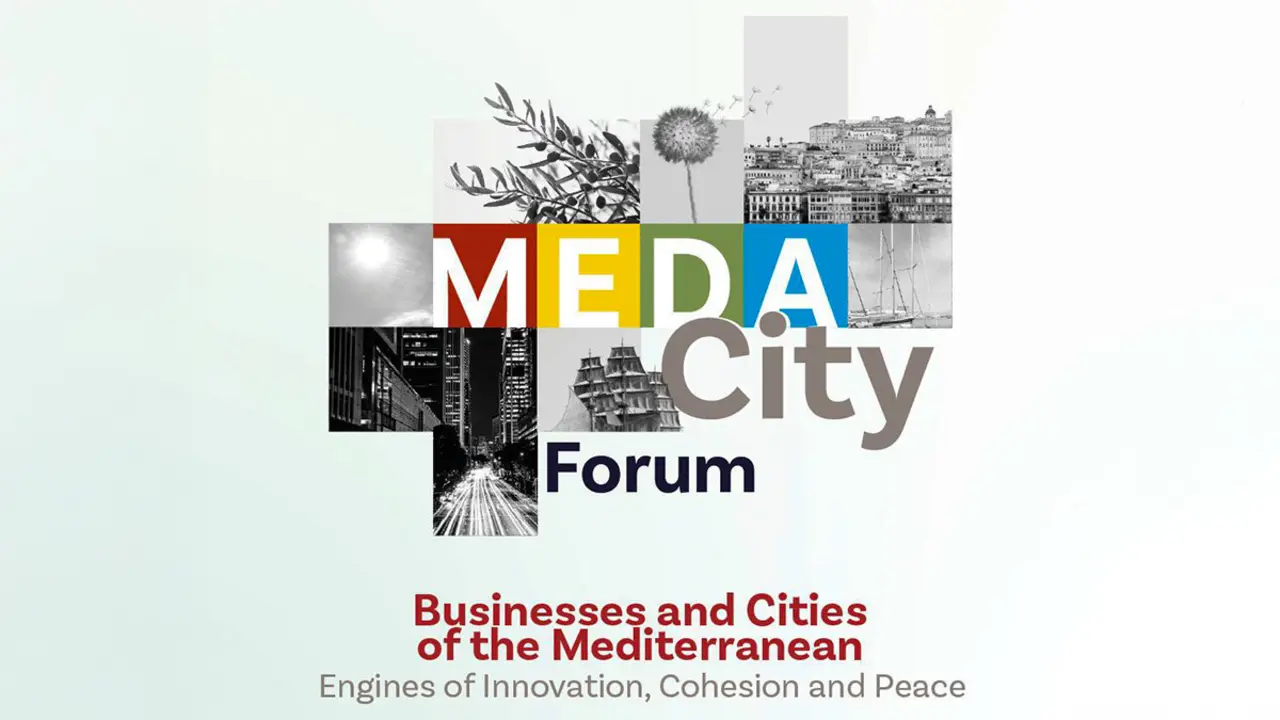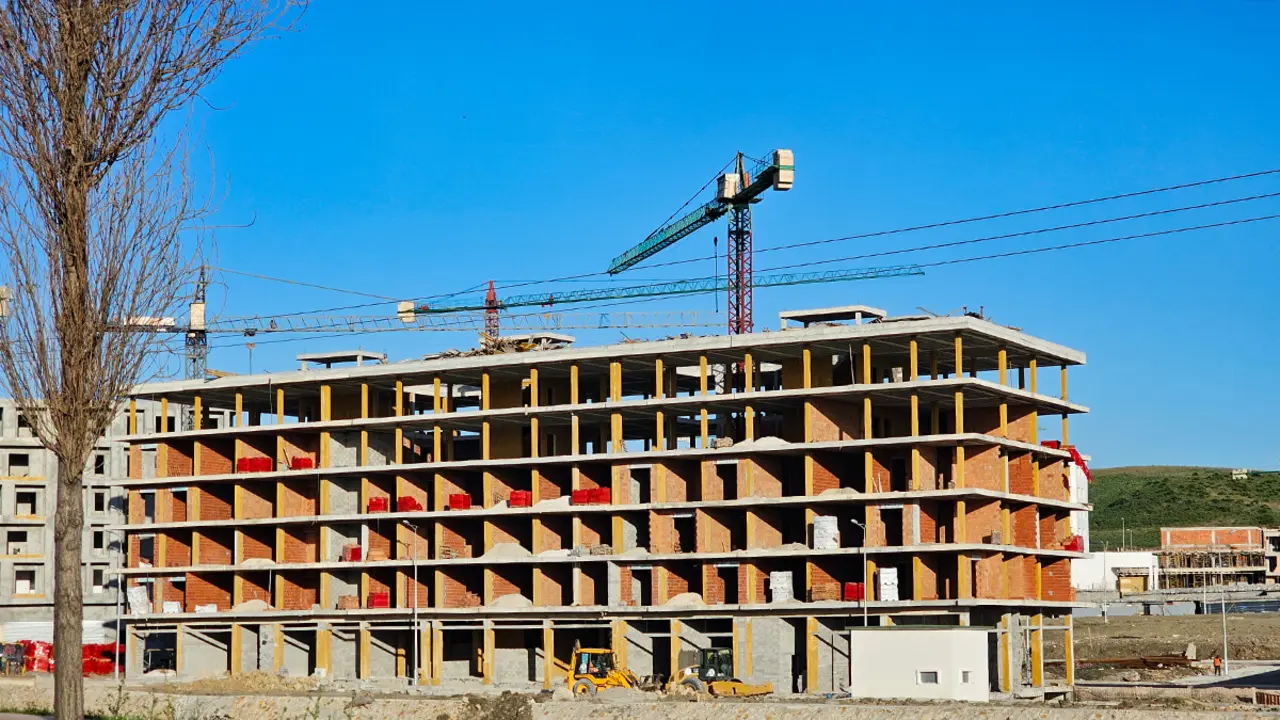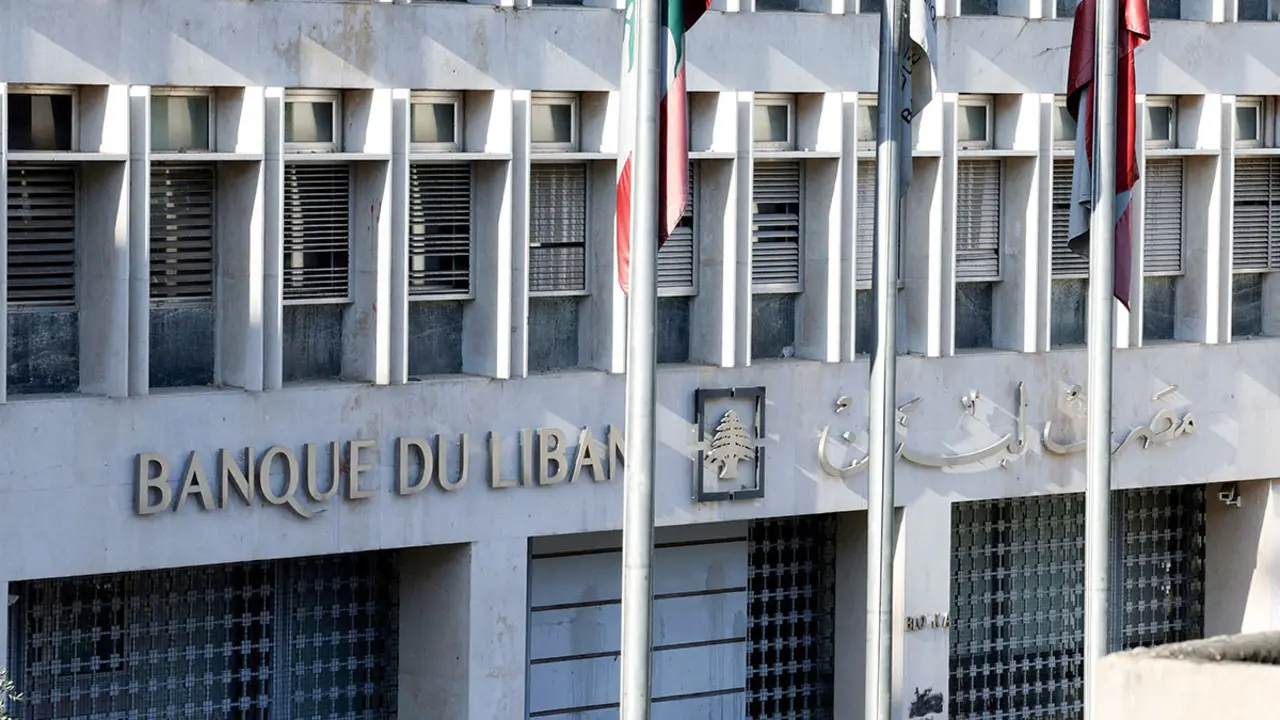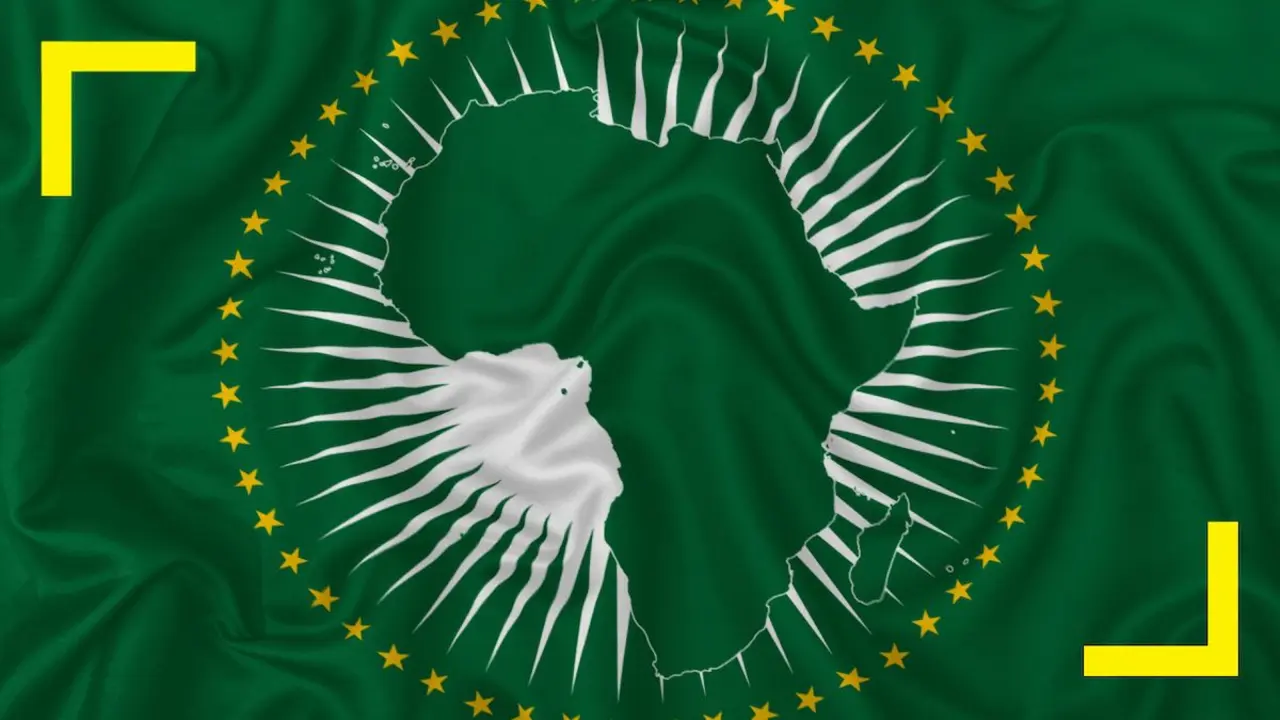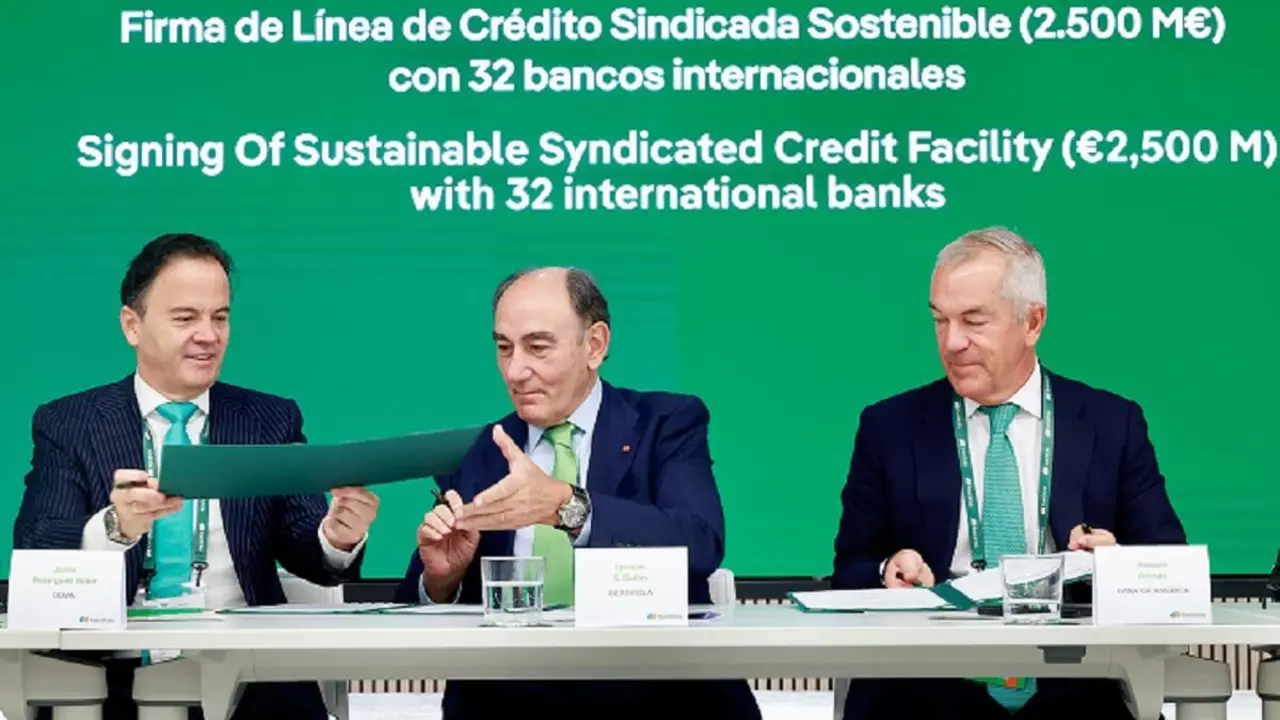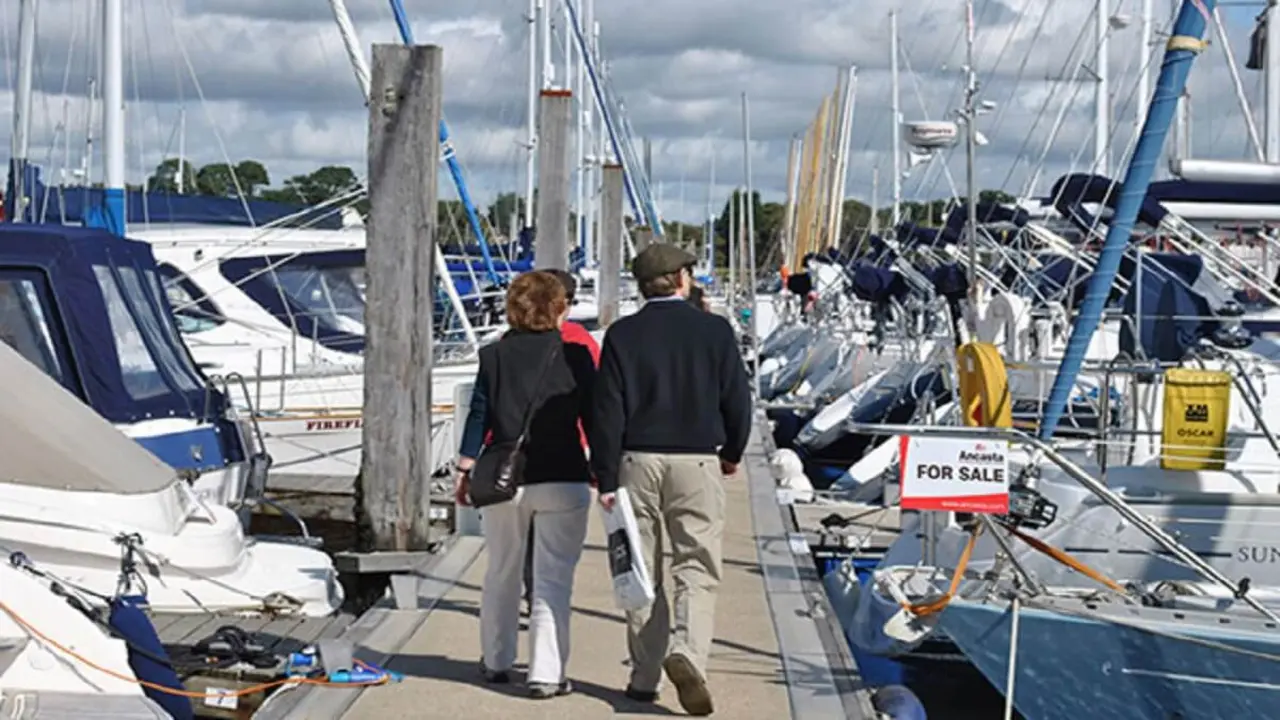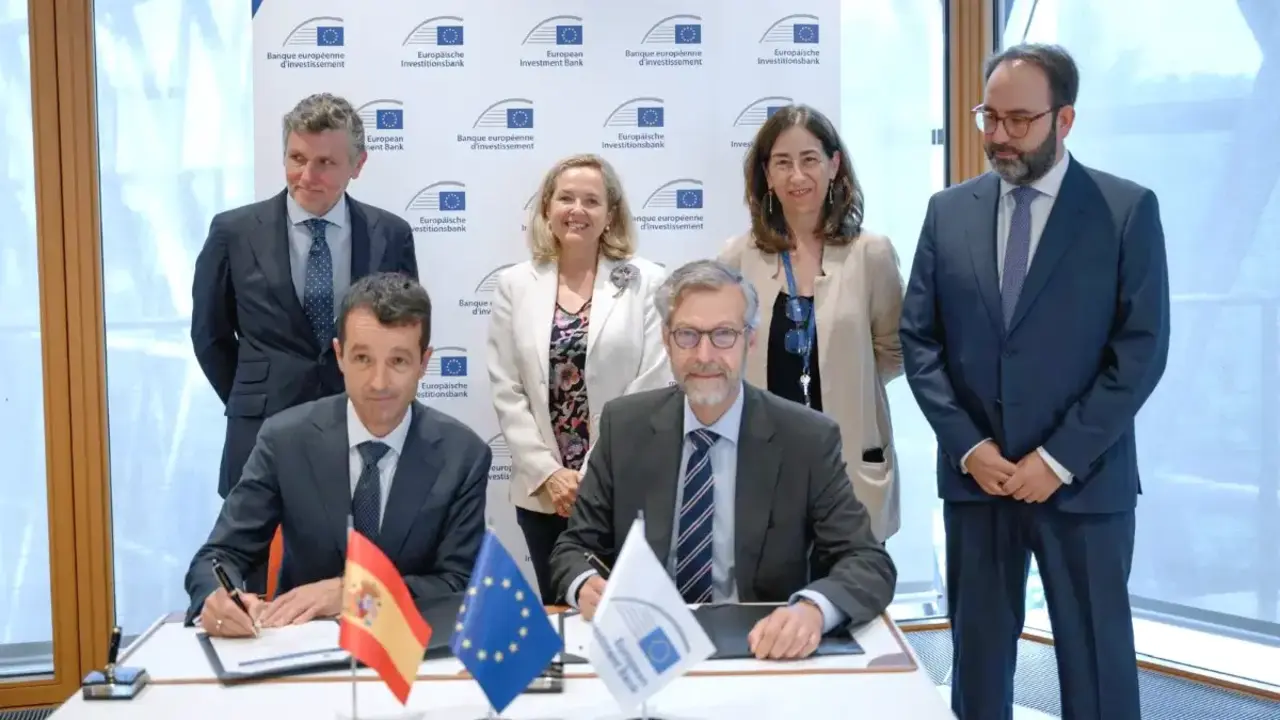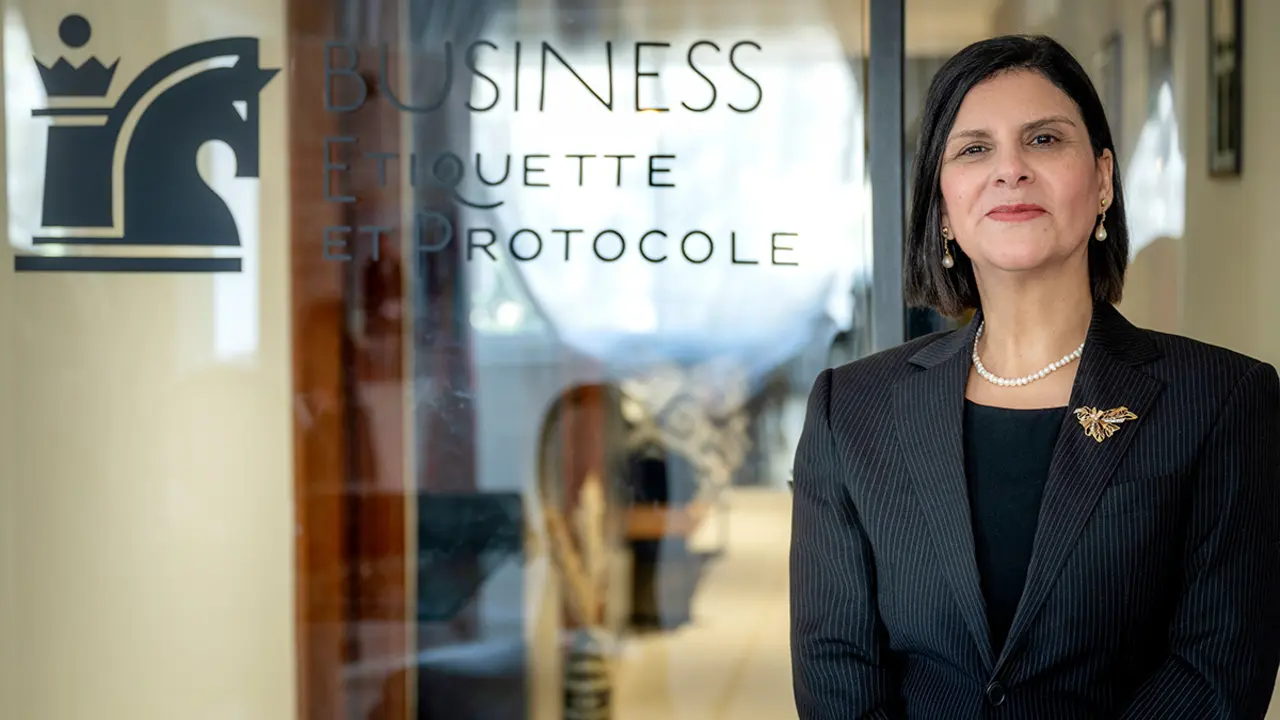Morocco includes Saharan regions in its hydrogen production projects

The Moroccan government will allocate a series of green hydrogen production projects to the regions of the southern provinces: Guelmim-Oued Noun, Laayoune-Sakia Laayoune-Hamra and Dakhla-Oued Eddahab.
This was decided during a meeting of the steering committee in charge of ‘Morocco's candidature’ in the field of green hydrogen chaired by Prime Minister Aziz Akhannouch, in implementation of the vision of Moroccan King Mohammed VI.
The committee discussed the contractual framework related to the land allocated for the development of the projects and the mechanisms to ensure its proper use in order to accelerate the implementation of the programme with the necessary quality and respond to the aspirations of local and foreign citizens.
Rabat seeks to encourage investments from private companies to develop the sector through the ‘Morocco Show’ green hydrogen project, presented to investors.
The green hydrogen market in Morocco has great potential to attract investment, presenting a unique opportunity for economic diversification and achieving energy sovereignty.
Economic analyst Rashid Sari told Al-Arab that this wealth will change the map of the southern regions from desert to green zones.
‘The green hydrogen industry will reduce the budget deficit and will also contribute to providing many employment opportunities thanks to the renaissance at the agricultural level,’ he said.

As for the importance of this sector and the benefits Morocco will derive from it, Sari expects it to contribute 12% to the total production level, becoming a competitor to renewable energies, mainly represented by solar and wind energy, in addition to fossil fuels.
Morocco is among the 6 countries chosen to lead the process of green hydrogen development in the Middle East and North Africa region, according to a recent international report by the World Economic Forum, prepared within the framework of the objectives set for the year 2050.
Morocco's Vision 2050 aims to improve policy harmonisation among African Green Hydrogen Alliance (AGHA) countries, with a focus on accelerating the financing of renewable energy and green hydrogen projects in Africa.

In this phase, project proposals received by the Moroccan Agency for Sustainable Energy (MASEN) are evaluated and selected. There are 40 project applications submitted by Moroccan and foreign investors wishing to produce green hydrogen and its derivatives, either for the domestic market, for export, or both.
‘The investment agreements that bring together the state and the project owners include provisions regarding the dates of meetings in order to ensure a regular assessment of the progress made in the implementation of projects in this sector,’ says a Moroccan government communiqué reported by Al-Arab.
Projections for green hydrogen demand in the country are estimated at 8.9 billion dollars by 2030 and 75 billion dollars by 2050.
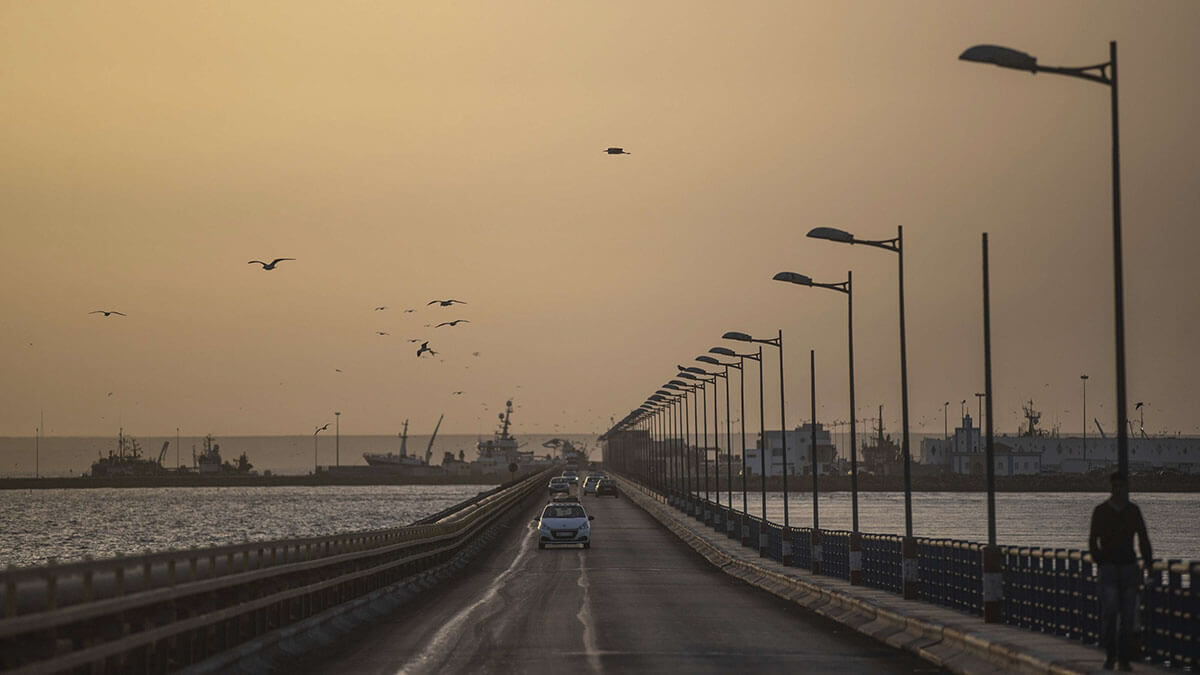
In this regard, regions have been identified as suitable for the major projects planned due to their geographical advantages: Guelmim-Oued Noun, Tarfaya and Dakhla.
For its part, the Ministry of Economy and Finance recently announced an ambitious package of renewable energy projects aimed at increasing production capacity by 2,155 megawatts, with an investment of more than 23.7 billion dirhams (2.32 billion dollars), including the construction of stations to produce clean electricity from the sun and wind.
The state-owned Phosphate Group (OCP), which mainly leads domestic demand, aims to produce around one million tonnes of green ammonia annually by 2027.
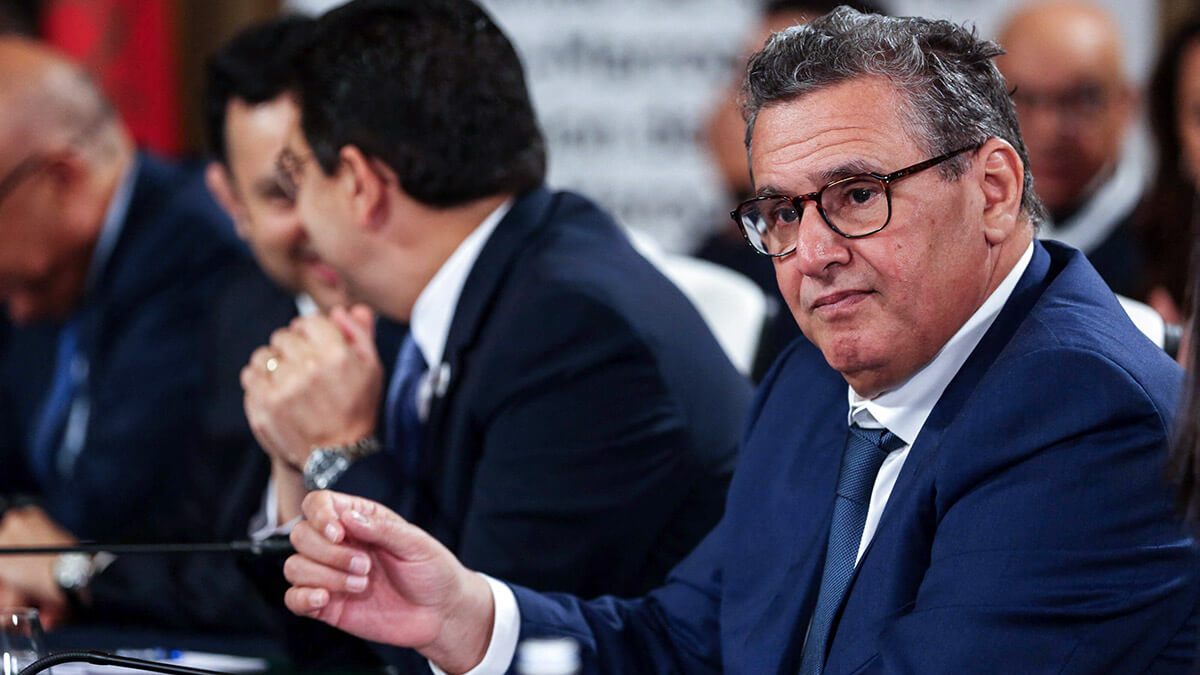
Given the strategic importance of these projects, the latest meeting on the subject was attended by Interior Minister Abdel-Wafi Laftit, Economy Minister Nadia Fattah Al-Alawi, Minister of Equipment and Water Nizar Baraka, Minister of Industry and Trade Riad Mazour, Minister Delegate in charge of Investment, Conduct and Evaluation of Public Policies Karim Zidane, and Director General of the Agency Mazen Tariq Mufaddal.
The Moroccan government has invested heavily in major projects, which has helped the use of alternative energy to rise to 44.3% at the end of August.
According to the Minister of Economy, these investments are expected to increase further in the coming year to reinforce Morocco's position as a leader in the field of renewable energy.
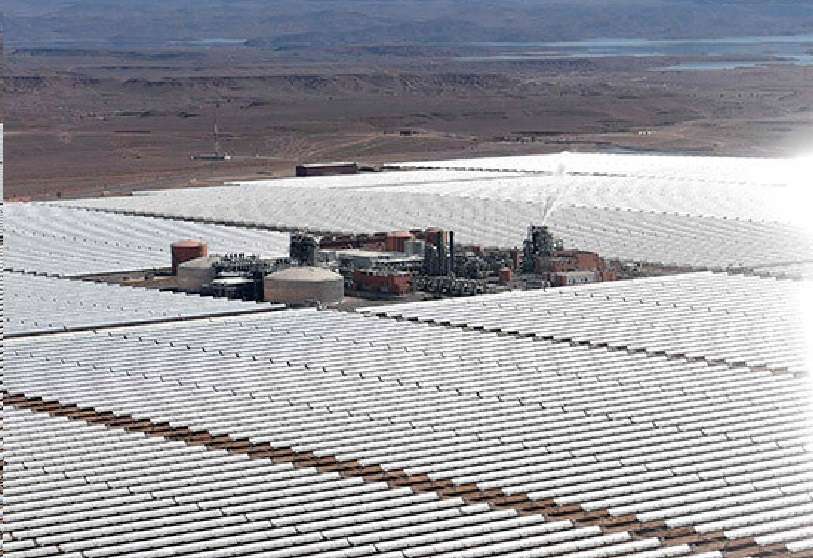
Over the current decade, demand is expected to be driven by the use of hydrogen as a feedstock in the local production of green ammonia and the export of green hydrogen to countries with ambitious decarbonisation targets.
According to Rashid Sari, opting for this type of renewable energy will allow Morocco to save the high cost of its energy bill, as well as protect it from the fluctuations that occur at the international level, which sometimes lead to an increase in the price of raw materials.
Moreover, according to the expert, the promising prospects for the production of this substance, considering that Morocco will go from being an energy importing country to an energy exporter, is an ‘important’ step, especially because Morocco is ‘a country of farmers, and the desalination of seawater using green hydrogen will allow the country to overcome many problems related to food security’.

